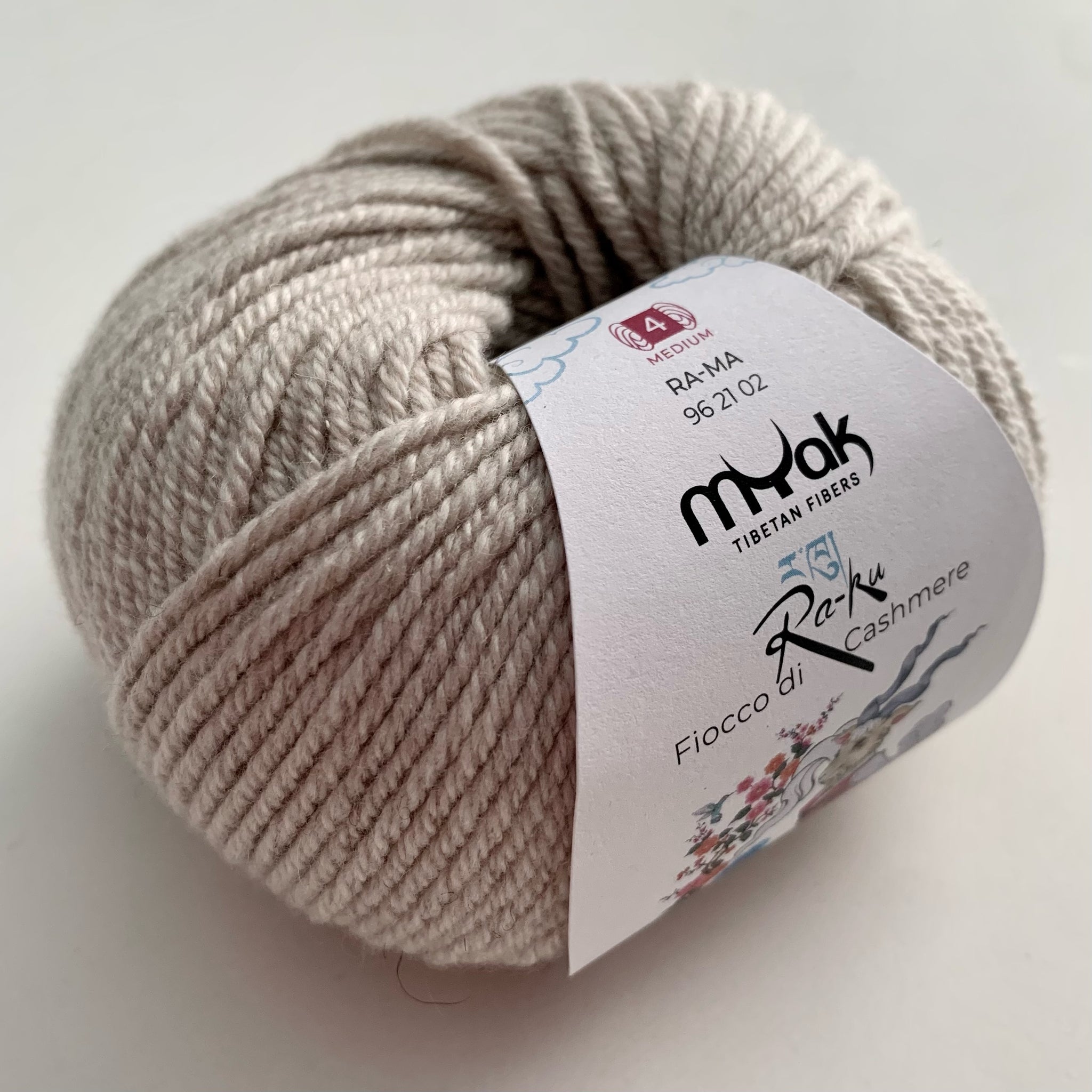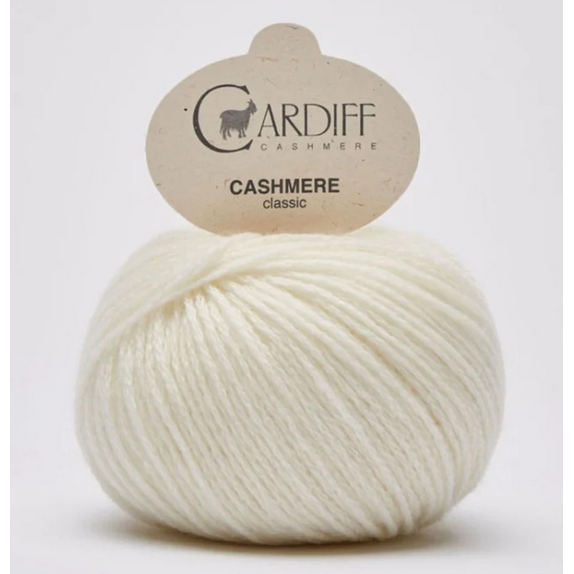The Facts Behind Is Cashmere a Natural Fiber and Its Green Appeal
The Facts Behind Is Cashmere a Natural Fiber and Its Green Appeal
Blog Article
Comprehending the Various Types of Cashmere an All-natural Fiber and Their Special Advantages

The Beginnings of Cashmere: A Historic Overview
While the elegant touch of cashmere remains to appeal contemporary consumers, its beginnings trace back to the severe, cold environments of Mongolia and the Himalayas. For centuries, the native peoples of these regions have been raising Capra Hircus goats, the prime source of cashmere woollen. These goats, durable against the severe wintertimes, grew a fine undercoat to make it through, which later ended up being referred to as cashmere. The name itself pays tribute to Kashmir, an area in India where the wool was initially refined. Much of the early cashmere trade route was facilitated by the Silk Roadway, connecting Asia with the Middle East and Europe. Regardless of its global spread, the finest cashmere is still believed to stem from the initial areas of Mongolia and the Himalayas.

The Manufacturing Process: From Goat to Garment
Shearing a Capra Hircus goat marks the creation of the complex cashmere production process. This fragile treatment usually takes place yearly during spring. The fine, soft undercoat is after that divided from the coarser outer hair, a procedure called dehairing. The resultant raw cashmere is then washed to get rid of pollutants such as dirt, vegetable, and grease issue.
The tidy fiber is subjected to dyeing, spinning, and weaving, or knitting, to change it right into a textile. Complicated procedures such as quality assurance checks and ending up procedures comply with, making certain the end product preserves the elegant criterion expected of cashmere. This meticulous process, from goat to garment, justifies the high cost affixed to cashmere products, making them a sign of luxury and improvement.
The Numerous Types of Cashmere: An Extensive Evaluation

The One-of-a-kind Advantages of Cashmere: Comfort and Sustainability
Relocating from the range of cashmere kinds to the advantages they supply, comfort and sustainability stand apart prominently. Cashmere, a natural fiber, is renowned for its unequaled soft qualities, offering a level of comfort that artificial fibers can not match. The product's lightness, yet outstanding heat retention, makes it suitable for all periods. Furthermore, cashmere's natural flexibility permits it to return to its original form, making it resistant to extending or shrinking.
When it involves sustainability, cashmere is sustainable and naturally degradable, as it's gathered from cashmere goats who regrow their layers yearly. what is cashmere. Unlike synthetic fibers which can take hundreds of years to decay, cashmere's influence on the environment is marginal. This combination of comfort and sustainability makes cashmere a beneficial choice for aware consumers

Caring for Your Cashmere: Upkeep and Preservation Tips
While cashmere is definitely a luxurious and lasting option, it needs particular like maintain its high quality and extend its lifespan. To start, cashmere need to be hand washed using chilly water and a light detergent. Avoid wringing the garment or twisting as it can damage the fibers. Rather, carefully eject excess water and lay it flat on a towel to completely dry. Cashmere items must be stored in a great and completely dry area, away from direct sunlight and moisture. Utilizing moth repellents can safeguard these garments from possible damages. It's recommended to prevent hanging cashmere to avoid extending. Instead, fold and store them correctly to keep their shape and high quality gradually.
Purchasing Cashmere: Comprehending Its Value and Worth
Although cashmere might originally look like a costly investment, its long-term worth and worth ended up being evident when you consider its amazing qualities. Known for its exceptional softness and warmth, cashmere is a costs natural fiber that outperforms other products. Its high demand and restricted supply add to its high price, yet its toughness guarantees it lasts for many years, using superb worth for cash. Cashmere items are ageless, typically becoming heirlooms gave with generations. what is cashmere. Its all-natural protecting homes provide warmth without the mass of synthetic fibers. Buying cashmere, as a result, is not nearly current fashion patterns, yet concerning embracing a sustainable, resilient, and glamorous way of life.
Verdict
In summary, the kind of cashmere one selects, be it Mongolian, Chinese, or Italian, is determined by specific choices for heat, high-end, budget plan, and sustainability. The value of cashmere prolongs past its cost, with comfort and longevity including in its worth. Proper care and maintenance can ensure its conservation. Consequently, recognizing the origins, manufacturing procedure, and unique benefits of various kinds of cashmere can lead consumers in their financial investment in this lavish all-natural fiber.
Whether it's the outstanding warmth of Mongolian cashmere, the price of Chinese cashmere, or the eco-conscious manufacturing of Italian cashmere, there's a tale to be found behind each fiber type. Cashmere, an all-natural fiber, is renowned for its unequaled soft qualities, offering a degree of comfort that synthetic fibers can't match.When it comes to sustainability, cashmere is renewable and biodegradable, as it's collected from cashmere goats who regrow their layers every year. Understood for its unparalleled gentleness and is cashmere a natural fiber heat, cashmere is a costs natural fiber that outperforms various other products. Understanding the beginnings, production process, and special benefits of various types of cashmere can assist customers in their investment in this luxurious natural fiber.
Report this page